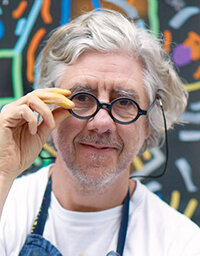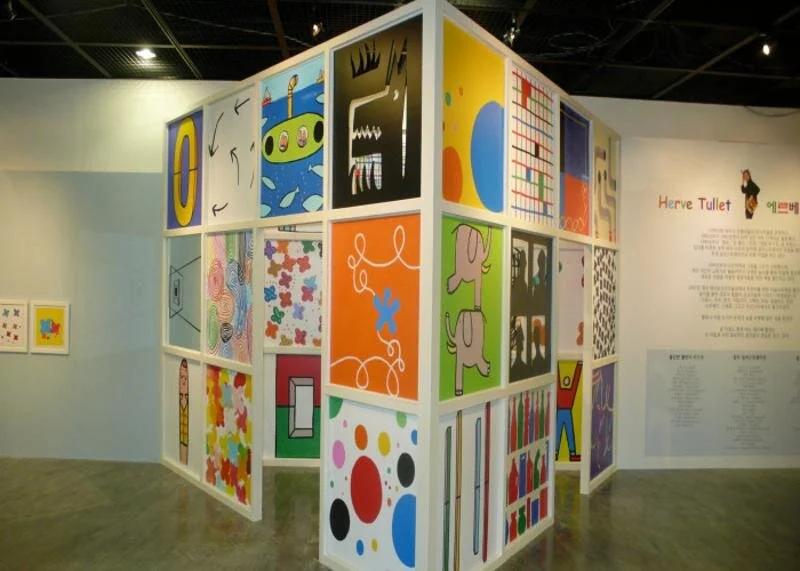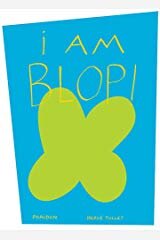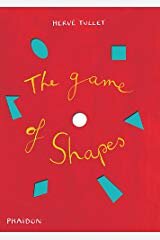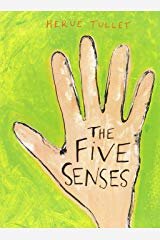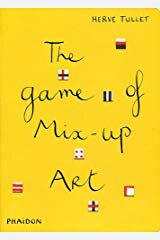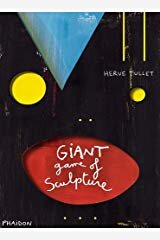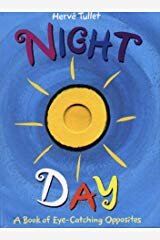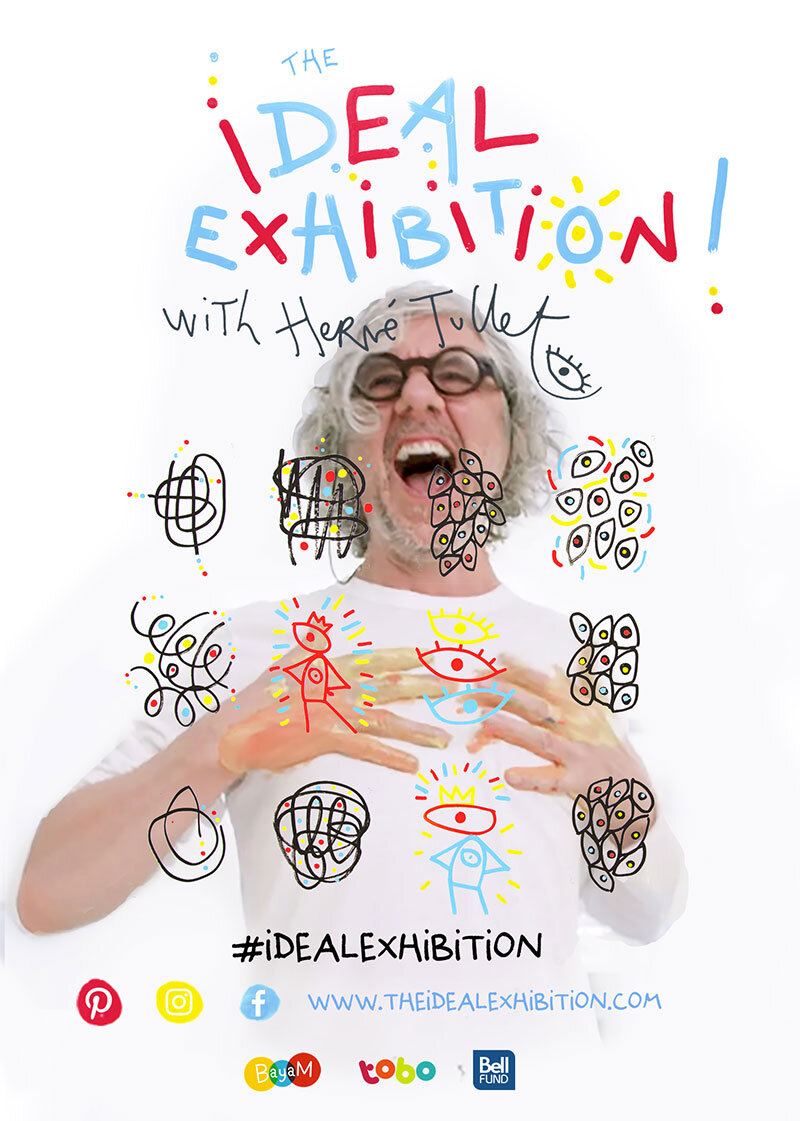Interview with Hervé Tullet
Can you tell us a little about yourself?
Well, my most recent book is called I Have an Idea. I’d say this pretty much sums up what I’ve been thinking about for a long time now—the power of an idea and how an idea can change your life.
I know you've had a long career as an artist. What made you switch gears to writing and illustrating children's books?
It happened by chance, actually. I worked in advertising for more than ten years, but it didn’t feel like the right place to grow old. So I began working in various aspects of illustration. Of all my projects, children’s books were the most interesting—I love melding ideas and entertaining various possibilities to express those ideas. Not only that, but I realized that as an author I could have an impact in children’s lives, especially those weighed down with difficulties. That element of writing/illustration is what ultimately changed my life.
How did you first come up with the concept for Press Here? Was it immediately well-received or did it take time to find the right publisher?
An important part of the process of creation is finding the right publishing partner. I’ve worked with several publishers, and I’ve always tried to be faithful to those publishers. In so doing, I seek to create an environment of comfort and trust in which we can both freely share ideas, think out loud, push an idea, or merely simplify text in order to propel the reader from beginning to end.
In short, I take my time to search for a publisher that will trust me and stick with me and my vision for communicating with children in new ways. With such things in place, Press Here came naturally.
That being said, the huge success of the book was totally unexpected!
Can you explain your process for creating books? Do you come up with the text first and then the illustrations? Or the illustrations first? Or a combination?
First, I wait for an idea to trigger something in me that propels me to move forward on it. Keep in mind, sometimes these ideas work, and sometimes they don’t, and that’s okay. When they don’t, I wait again (in my studio, in a plane, on a train, in the street, in a museum-- really, just about anywhere!) for another spark of inspiration that I can jot down in my notebook.
Once the inspiration is there, I focus that energy into building the books. At first, I don’t think about page numbers or the illustration details-—I just try to ride the wave of the initial emotion. While I craft my workshops with the precision of a conductor. when I create, I’m more like a jazz musician, improvising and riding the emotion the best I can.
What has been the most satisfying thing about your career?
Looking back and watching the progression of where I started to where I am now: participating in installations, partnerships with museums, and the Ideal Exhibition.
Interestingly enough, despite their diversity, all of these experiences seem to stem from my first book. In fact, sometimes I think that I could explain all my work with my very first book.
What is the most important habit you have developed for continuing to create books?
Perhaps my only habit is that after a project is complete, I attempt to get rid of everything quickly (the paperwork, drawings, email , and so on). This allows me to get bored, to free up that space inside me that will allow me to act on the unexpected.
You are working on a project called the “Ideal Exhibition.” Can you tell us about it?
I’ve included links to videos which visually explain the Ideal Exhibition better than I can verbally describe it. The Exhibition is based on the idea that you can create it yourself, with or without me, thanks to the help of short videos. In order to access the videos, all you need to do is apply (it’s free!), and you’ll receive a code to view them. The entire project is free, with donations used to enrich the project in various ways. For example, donations help pay for dubbing the videos into various languages (English is on its way!) or helping schools without the means to purchase the materials needed.
The experience itself can take place in both large and small venues (from museums to schools to a bedroom). We’ve got participants all over the world—teachers, librarians, art schools, museums, and even retirement homes are getting involved! The best part of the Ideal Exhibition is that there are very few parameters or restraints—get started on it when you feel ready and finish when you decide you’re done. It’s organic and exciting. We even have an Ideal Exhibition planned at a museum where the visitors will create the exhibitions, rather than me! (I may try to drop in at the opening, though!)
We’d love to have you get involved!
www.instagram.com/expo_ideale_herve_tullet/
www.pinterest.ca/expo_ideale_herve_tullet/

